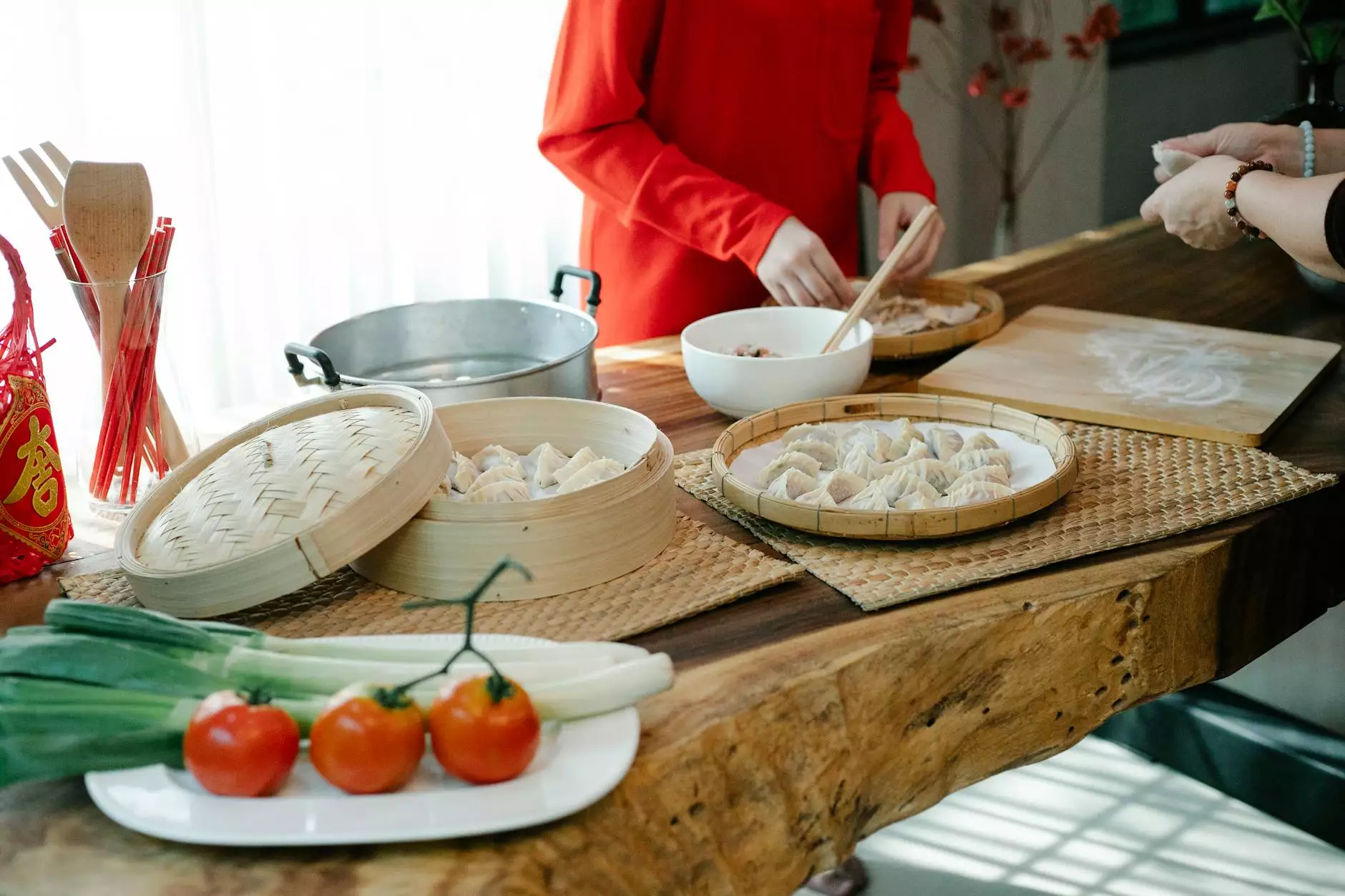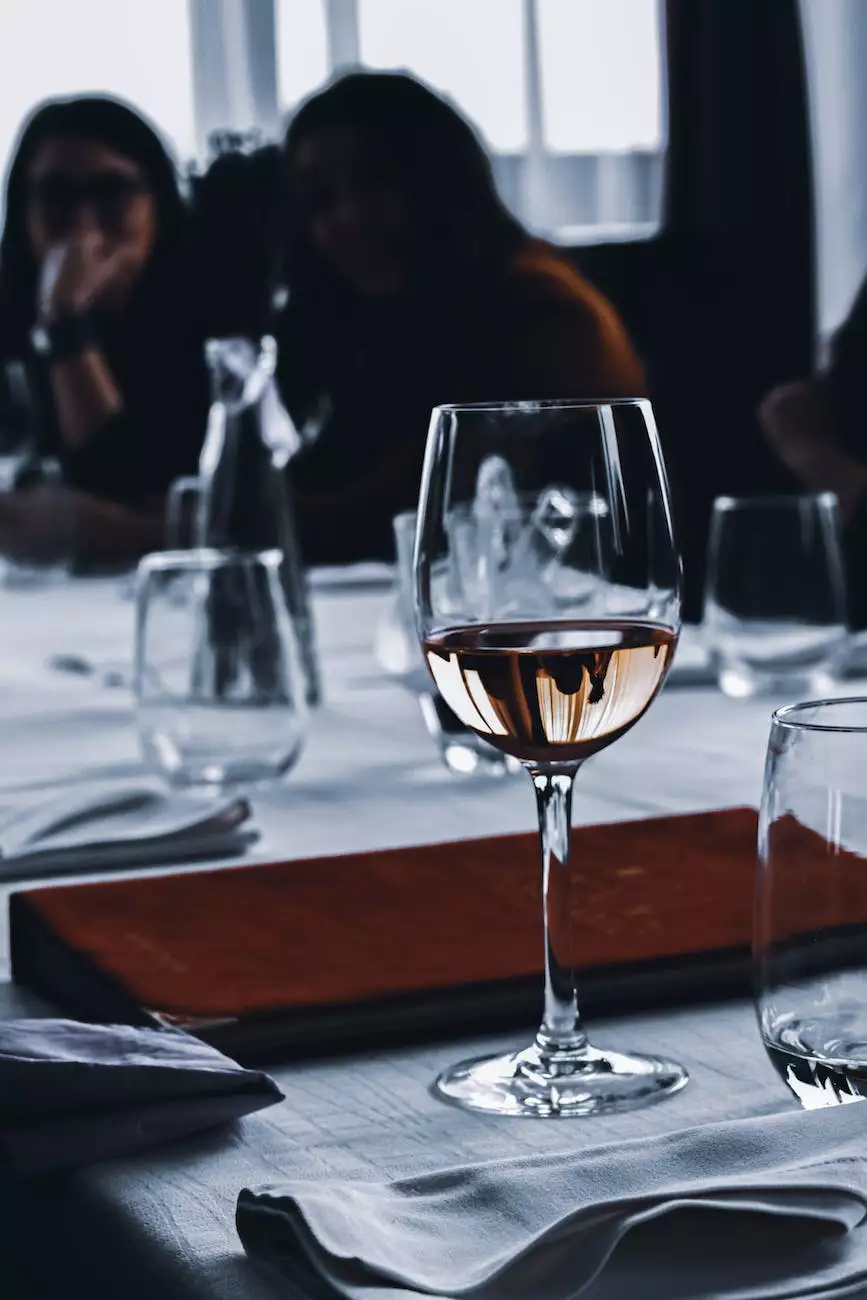How to Take your Food Photography to the Next Level

Introduction
Welcome to 5 Fold Agency, your go-to source for expert guidance and insights in the field of food photography. This comprehensive guide will equip you with valuable knowledge and techniques to elevate your food photography skills and stand out from the competition.
Why Food Photography Matters
Food photography has become increasingly important in today's digital era. With the rise of social media and online platforms, visually appealing food images have the power to captivate and engage audiences. Whether you are a food blogger, restaurant owner, or simply a passionate food enthusiast, enhancing your food photography skills can help you create stunning imagery that resonates with your target audience.
Understanding Lighting and Composition
One of the key factors in capturing mouth-watering food photos is mastering lighting and composition. Proper lighting techniques can highlight the textures, colors, and details of the food, while well thought-out composition can create visually pleasing and balanced images.
1. Natural Lighting
Utilize natural lighting whenever possible as it provides soft and flattering illumination for your food. Position your subject near a window or shoot outdoors during the golden hour for beautiful, diffused light. Avoid harsh shadows by using diffusers or reflectors to control the light.
2. Artificial Lighting
If natural lighting is limited or not ideal, consider investing in artificial lighting equipment such as studio lights or lightboxes. Experiment with different setups, angles, and intensities to find the best lighting setup for your desired look and feel.
3. Composition Techniques
Composition plays a crucial role in creating visually appealing food photos. Consider the rule of thirds, leading lines, and negative space to add interest and balance to your compositions. Experiment with different angles, perspectives, and camera settings to find the most captivating composition for each dish.
Styling Techniques
Food styling is an art form that aims to enhance the visual appeal of the food being photographed. Attention to detail is key when it comes to styling, as it can greatly impact the overall aesthetics and presentation of your images.
1. Props and Backgrounds
Choose props and backgrounds that complement the colors and textures of the food. Consider using neutral or contrasting backgrounds to make the food stand out. Experiment with different props such as utensils, napkins, and garnishes to add visual interest and tell a story.
2. Garnishing and Plating
Take your time to carefully arrange and garnish the food. Pay attention to details such as the placement of ingredients, the use of fresh herbs, and the drizzle of sauce. Use tweezers or small tools to achieve precision and create visually pleasing presentations.
3. Textures and Colors
Highlight the textures and colors of the food to make it visually appealing. Use a variety of textures in the composition, such as a crunchy element contrasting with a creamy one. Experiment with colorful ingredients that add vibrancy and interest to the dish.
Post-Processing Tips
Once you have captured your food photos, post-processing can further enhance their visual impact. Here are some tips to help you get the most out of your post-processing workflow:
1. Choose the Right Software
Invest in professional photo editing software that offers a wide range of tools and features tailored for food photography. Popular options include Adobe Lightroom, Capture One, and Photoshop.
2. Adjusting Exposure and Colors
Use the software's exposure and color adjustment tools to fine-tune the brightness, contrast, saturation, and white balance of your images. Be careful not to overdo these adjustments, as natural and realistic representations of the food are essential.
3. Sharpening and Noise Reduction
Apply selective sharpening to enhance the details and textures of the food. Reduce noise in areas that may appear grainy, such as shadows or low light situations. Strive for a clean and crisp final image.
4. Consistency in Editing
Maintain consistency in your editing style to establish a recognizable visual identity for your food photography. Develop your own presets or editing recipes that can be applied consistently across your images.
Conclusion
Congratulations on completing this comprehensive guide on taking your food photography skills to the next level! By understanding lighting and composition, mastering food styling techniques, and utilizing post-processing tools effectively, you're well on your way to capturing stunning food images that will captivate your audience. Remember, practice makes perfect, so keep experimenting, learning, and refining your craft. Happy shooting!




